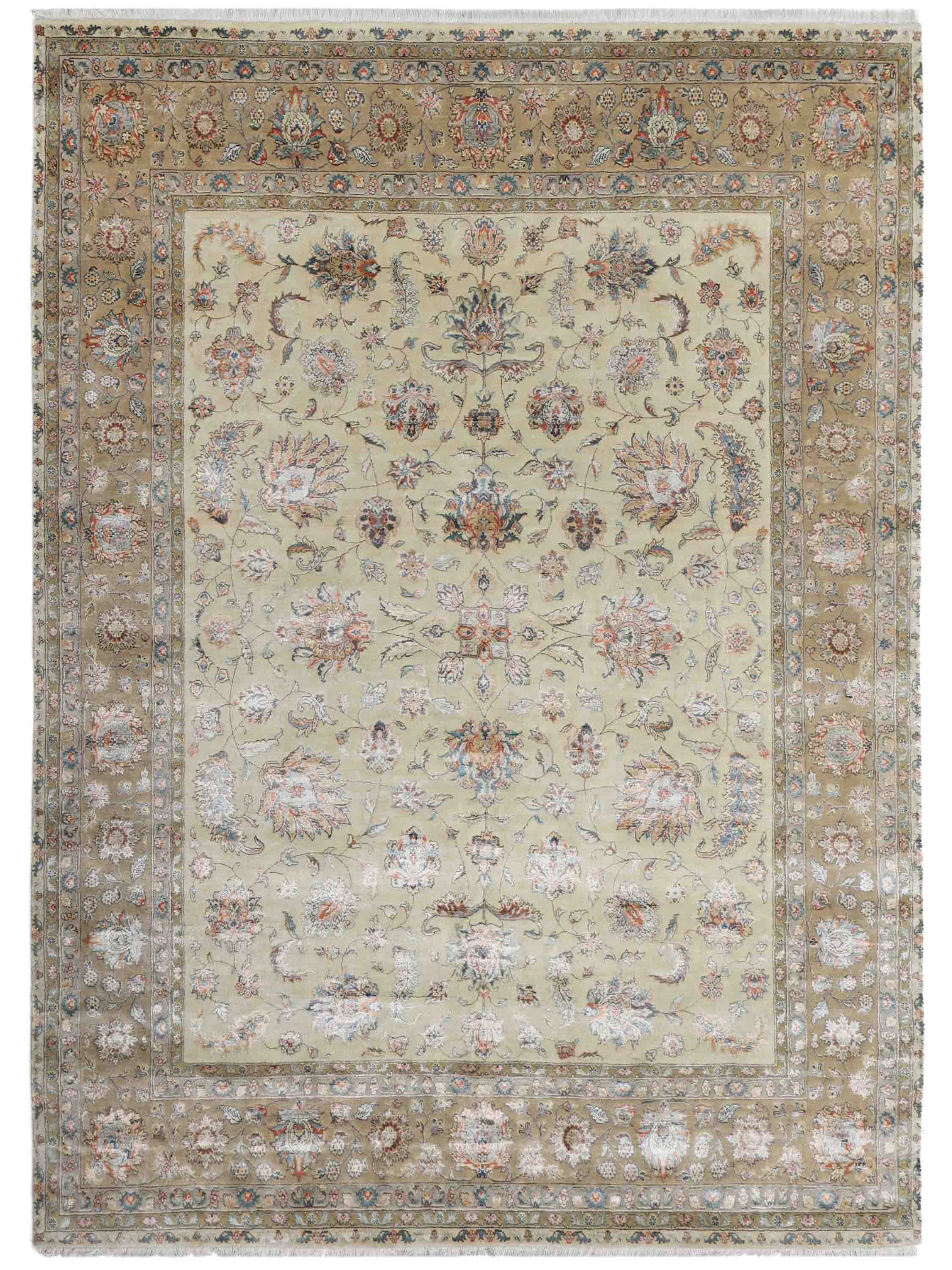Explore the Rich History of the Ottoman Empire
The Ottoman Empire was a powerful and influential state that lasted over six centuries. It profoundly shaped regional politics, culture, and architecture. Many of its monuments and artifacts still stand as a testament to its lasting legacy.
Origins and Expansion of the Ottoman Empire
The empire began at the end of the 13th century in Anatolia. Early Ottoman leaders established strong governance and unity. This solid foundation fueled rapid territorial expansion across continents.
The empire extended its reach into Europe, Asia, and Africa, uniting diverse cultures under one rule. This extensive territory allowed the Ottomans to influence vast regions for centuries.
Their expansion contributed to trade, cultural exchange, and political ties that spanned three continents. The empire’s growth demonstrated a blend of military strength and diplomatic strategy.
Political Structure and Governance
The Ottoman political system was sophisticated and well organized. It featured a complex hierarchy of officials and governing bodies. The sultans held supreme power but worked closely with provincial governors and administrators.
This structure maintained order and efficiency across the empire’s vast lands. Local governors managed daily affairs, allowing the Ottoman rulers to focus on broader policies. This balance helped sustain the empire’s stability during times of change.
The centralized authority adapted to evolving challenges effectively over time. This adaptability was a key factor in the empire’s longevity and continued influence.
Art and Architecture
Art and architecture flourished during the Ottoman era. The empire is famous for unique styles in calligraphy, ceramics, and textiles. These art forms blended various influences, creating a distinct Ottoman aesthetic admired worldwide.
Architectural achievements include grand mosques, palaces, and civic buildings that reveal sophisticated engineering and artistic principles. The Ottoman architectural legacy continues to inspire designers and historians today.
Military Organization and Strategies
At the core of the empire’s strength was its formidable military. The Ottoman armies and navies used advanced tactics and weaponry. Elite infantry units called Janissaries played key roles in many battles.
This military prowess allowed the empire to defend its territories and expand influence. Strategic innovations and discipline made their forces highly effective. The military organization was central to the empire’s longevity and dominance.
Society and Culture
The Ottoman society was diverse and vibrant. Various ethnic groups and religions coexisted with relative harmony. Social life was enriched by education, literature, and music, especially in urban areas.
Cultural diversity strengthened the Ottoman Empire’s social fabric. Religious and ethnic communities contributed to a rich cultural mosaic. This coexistence fostered creativity and intellectual growth throughout the empire.

Economic Contributions
The empire’s economy thrived on trade and strategic control of land and sea routes. This enabled flourishing commerce across Asia, Europe, and Africa. Marketplaces offered spices, textiles, and precious metals that were highly valued.
Trade boosted wealth and allowed cultural exchange between regions. The Ottomans skillfully managed economic resources to sustain growth and power throughout centuries. Their economic model was a key factor in their success.
| Period | Major Events | Impact |
|---|---|---|
| 14th Century | Founding and Early Expansion | Established foundation and territories |
| 16th Century | Golden Age under Suleiman | Peak of political and cultural power |
| 19th Century | Reforms and Decline | Modernization attempts and territorial losses |
Throughout its long history, the Ottoman Empire influenced many aspects of governance and culture. From political innovations to artistic advancements, its legacy remains profound.
Studying this empire offers valuable insights into how modern societies in the region developed. The Ottoman impact on trade, culture, and politics continues to be felt in many areas today.
Collections that define elegance
Discover our Collections That Define Elegance, where timeless beauty and superior craftsmanship come together. Each piece is designed to bring grace and sophistication to your home, adding a touch of refined luxury to every space.





































